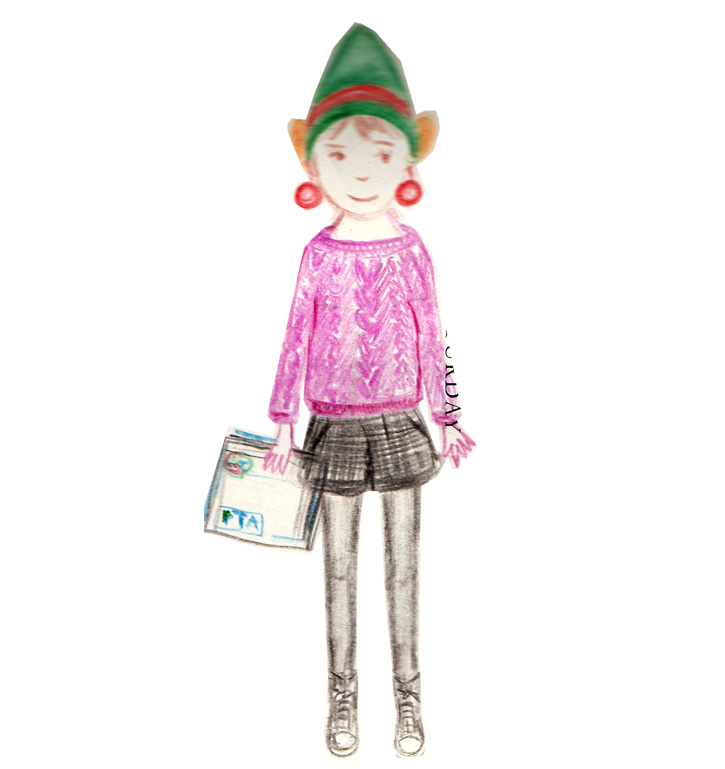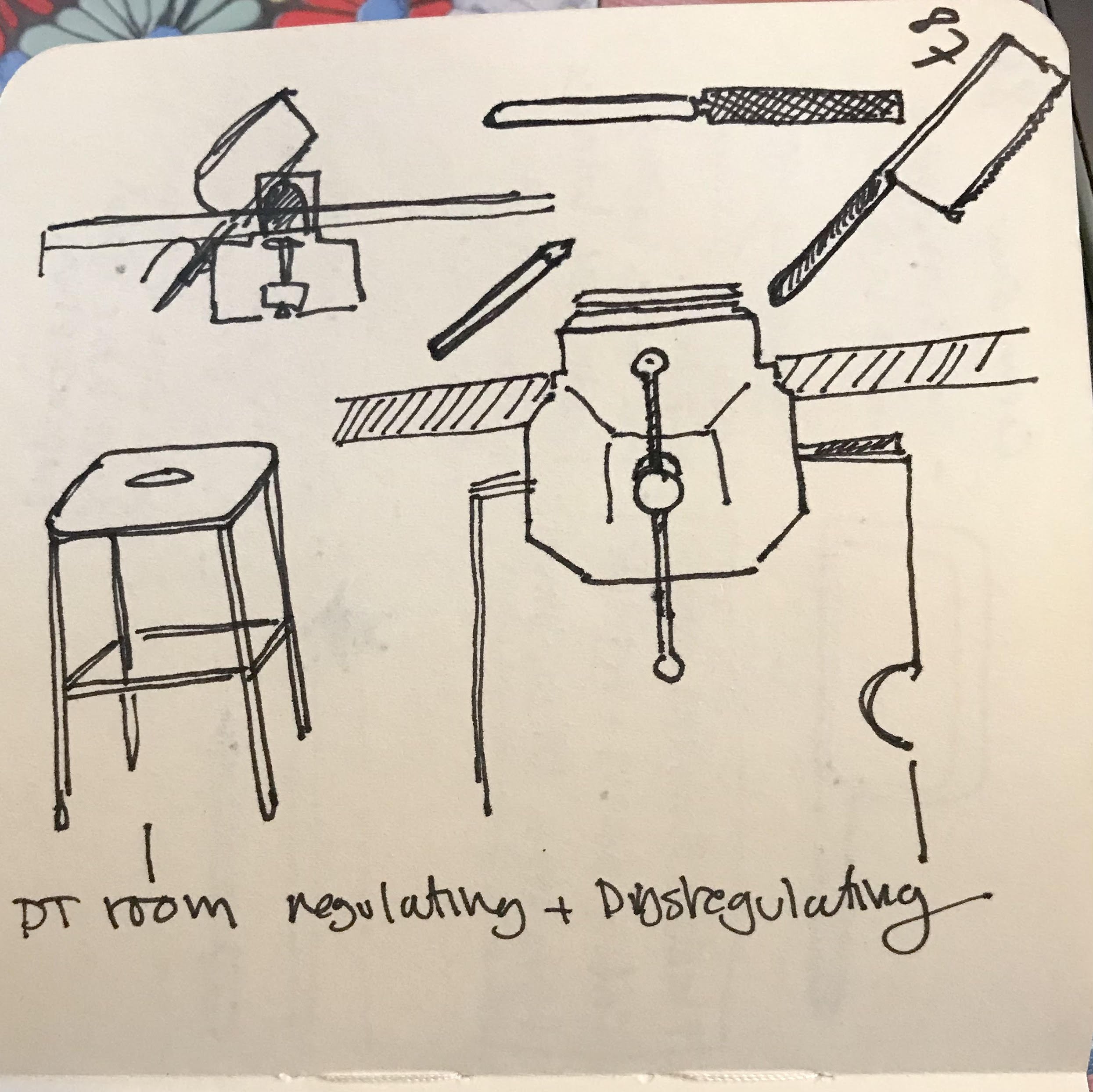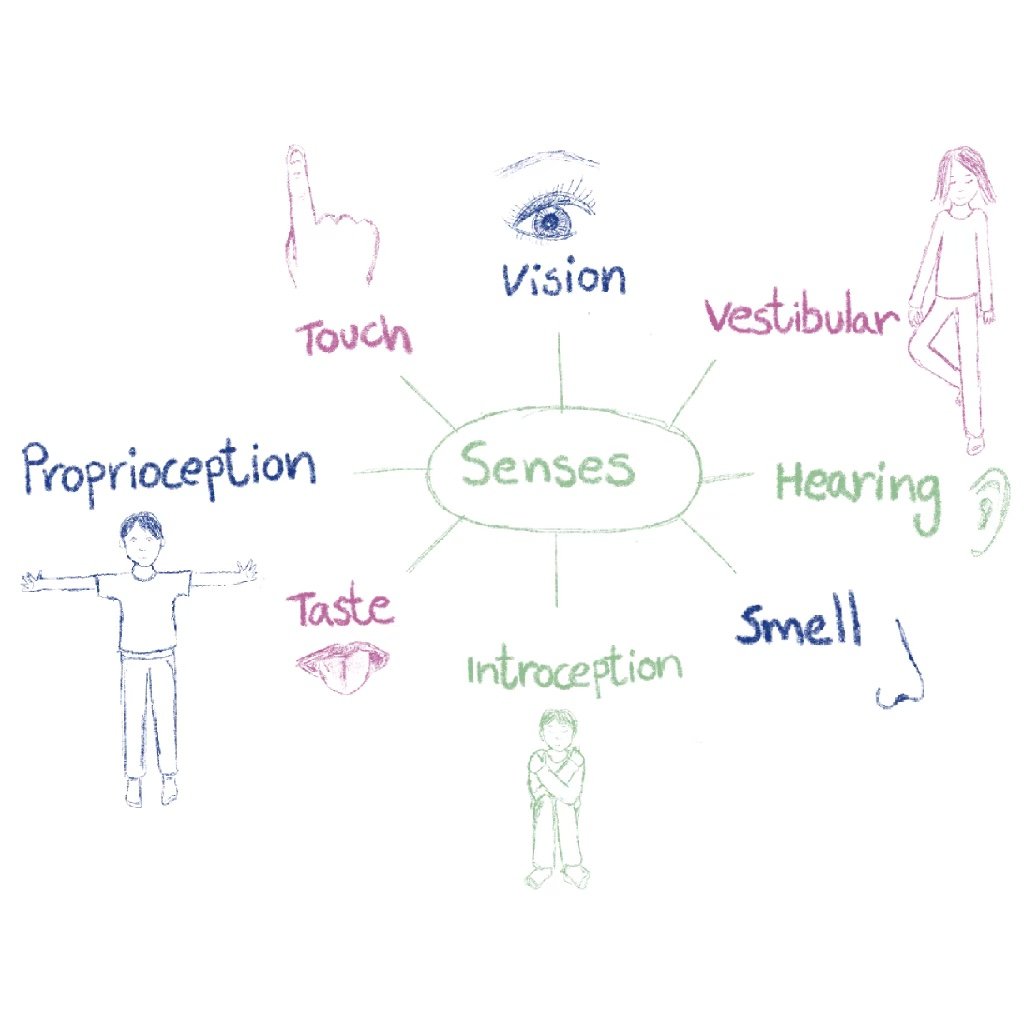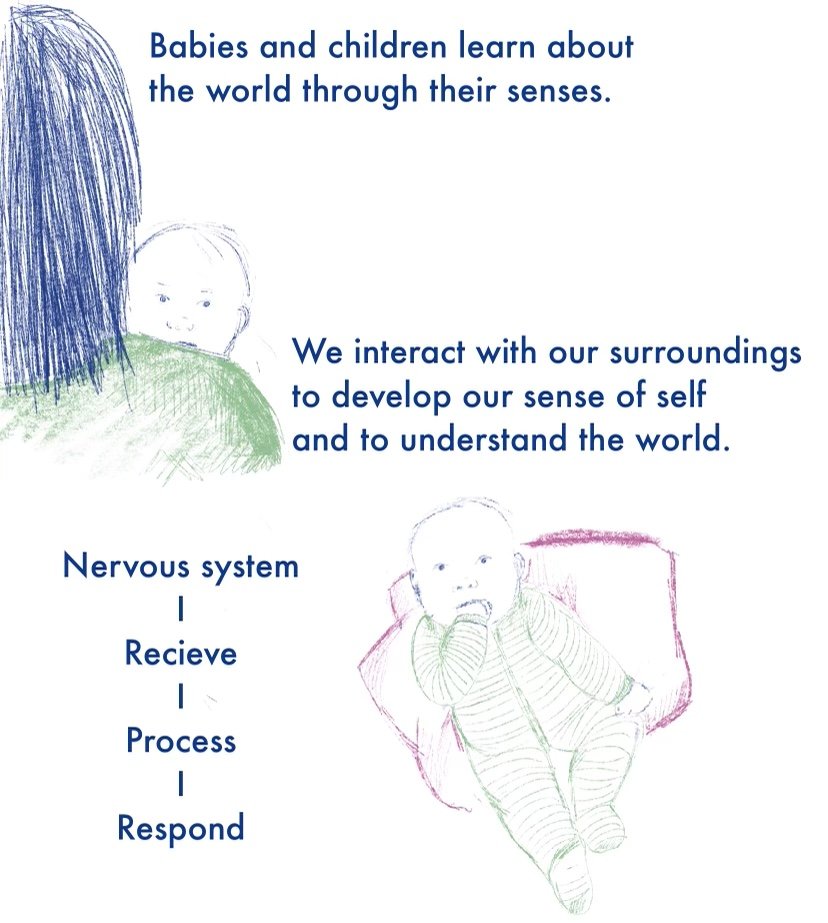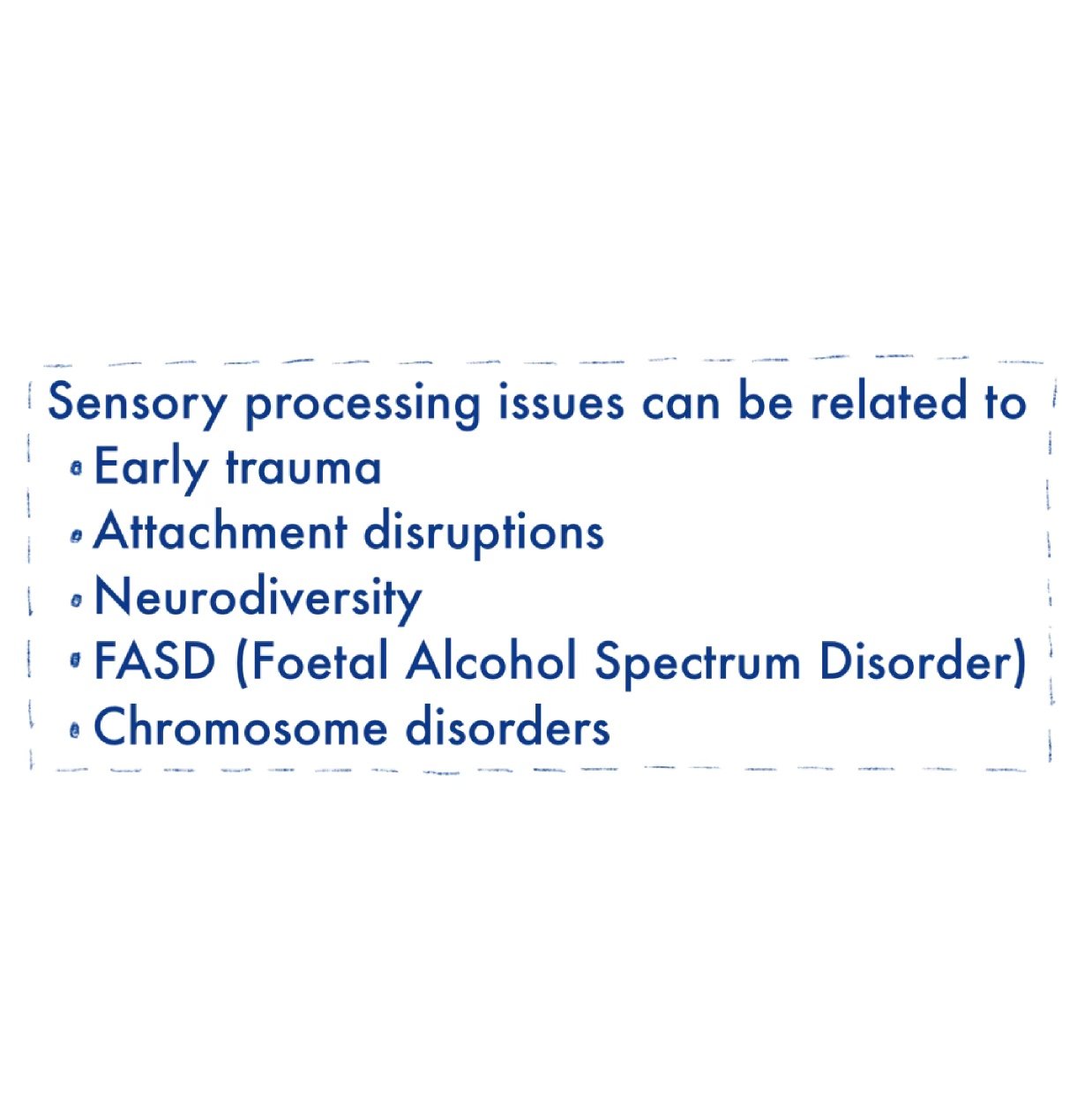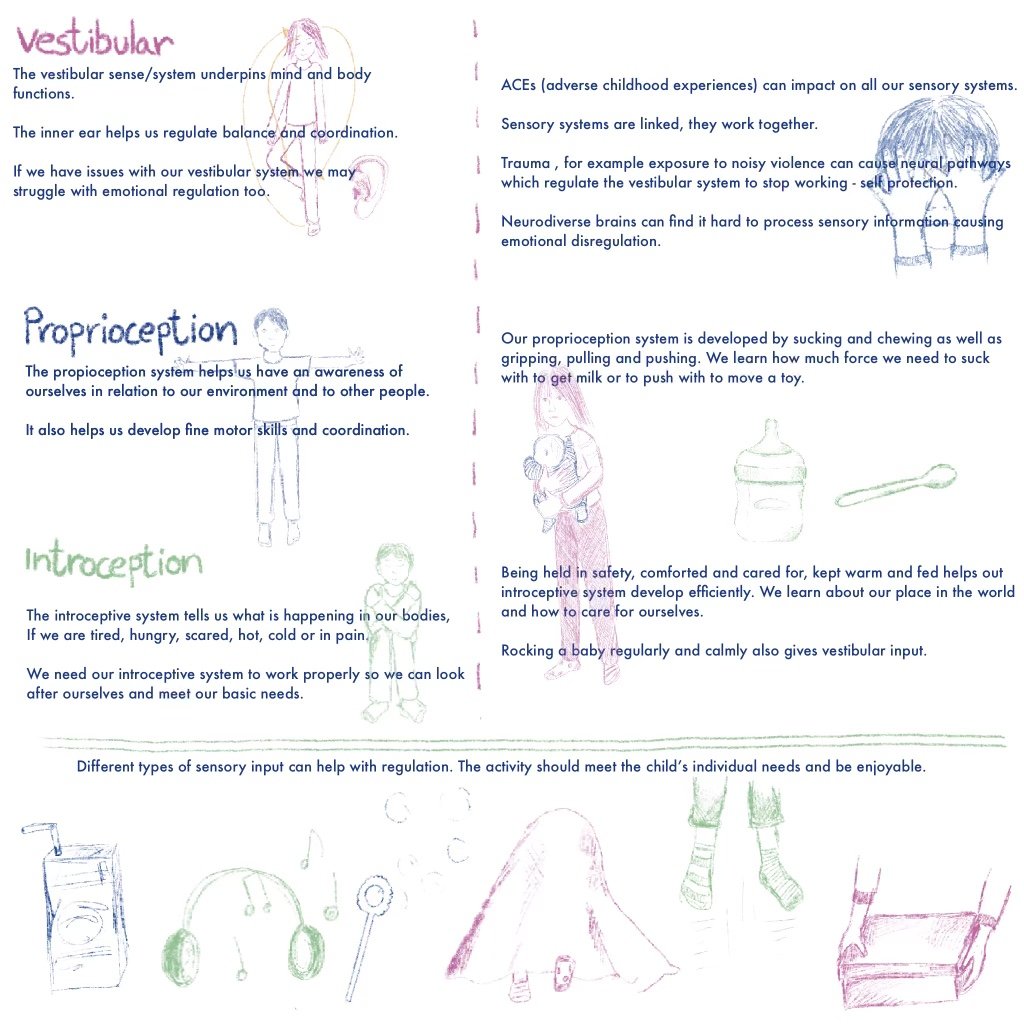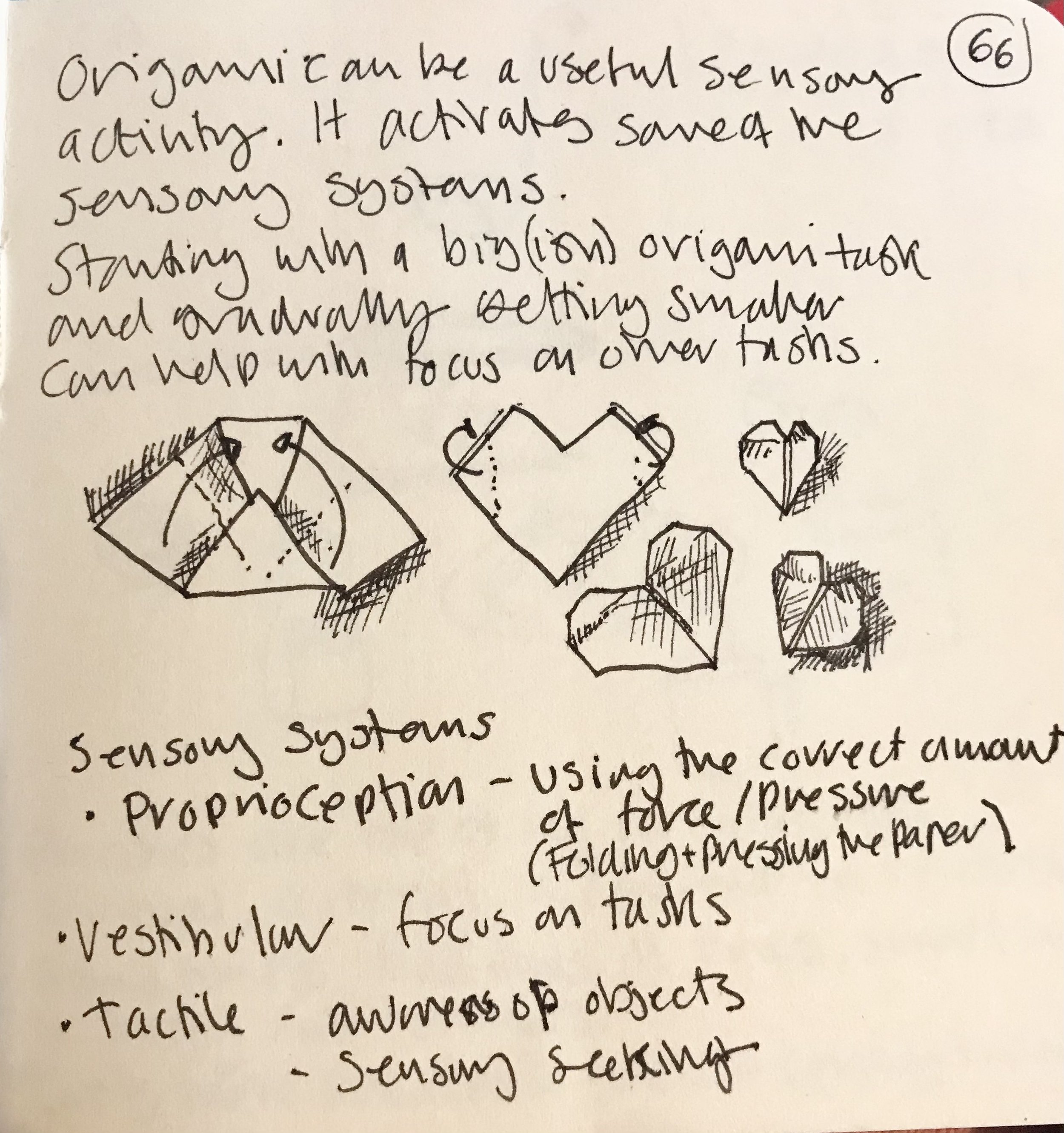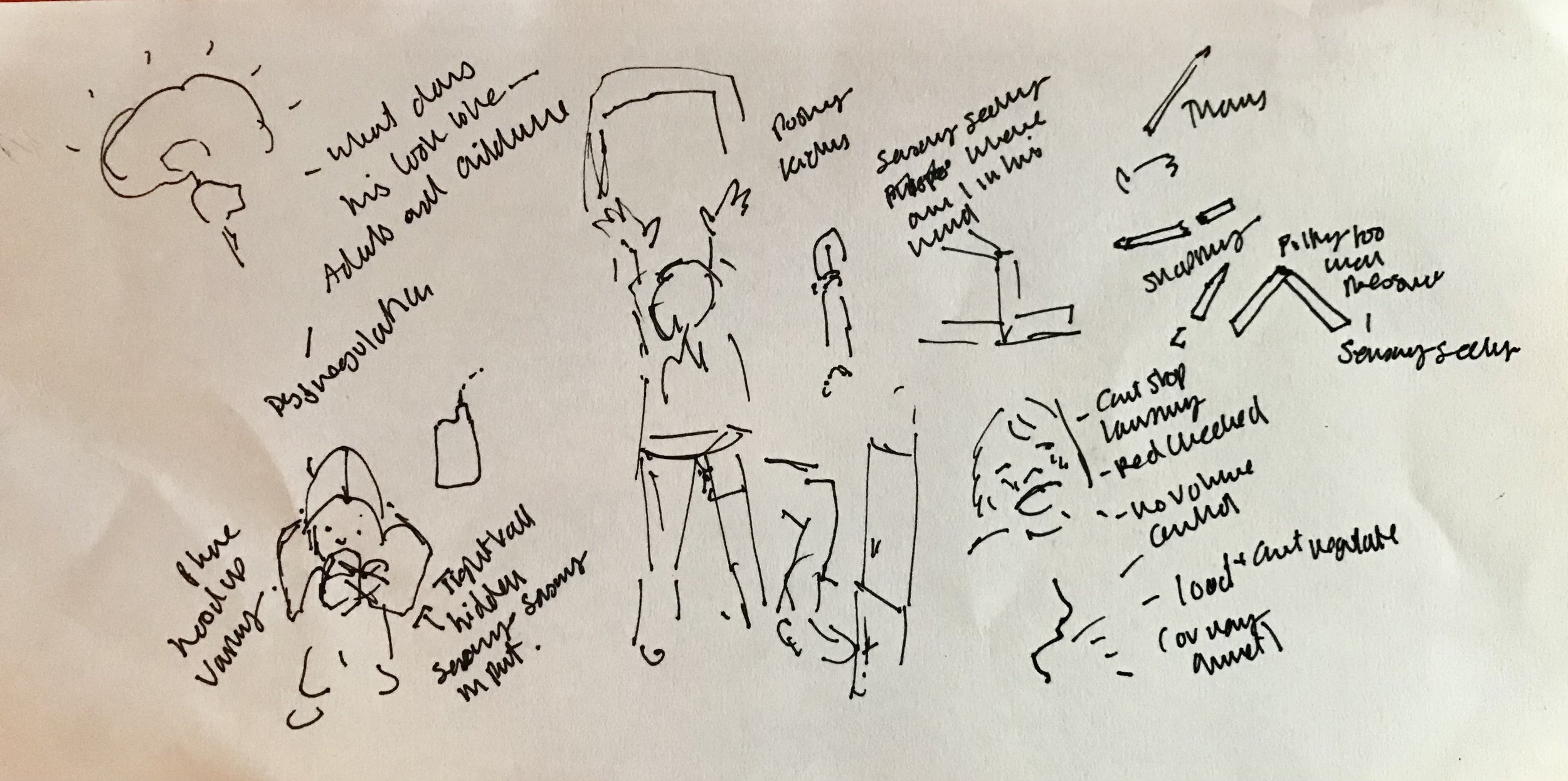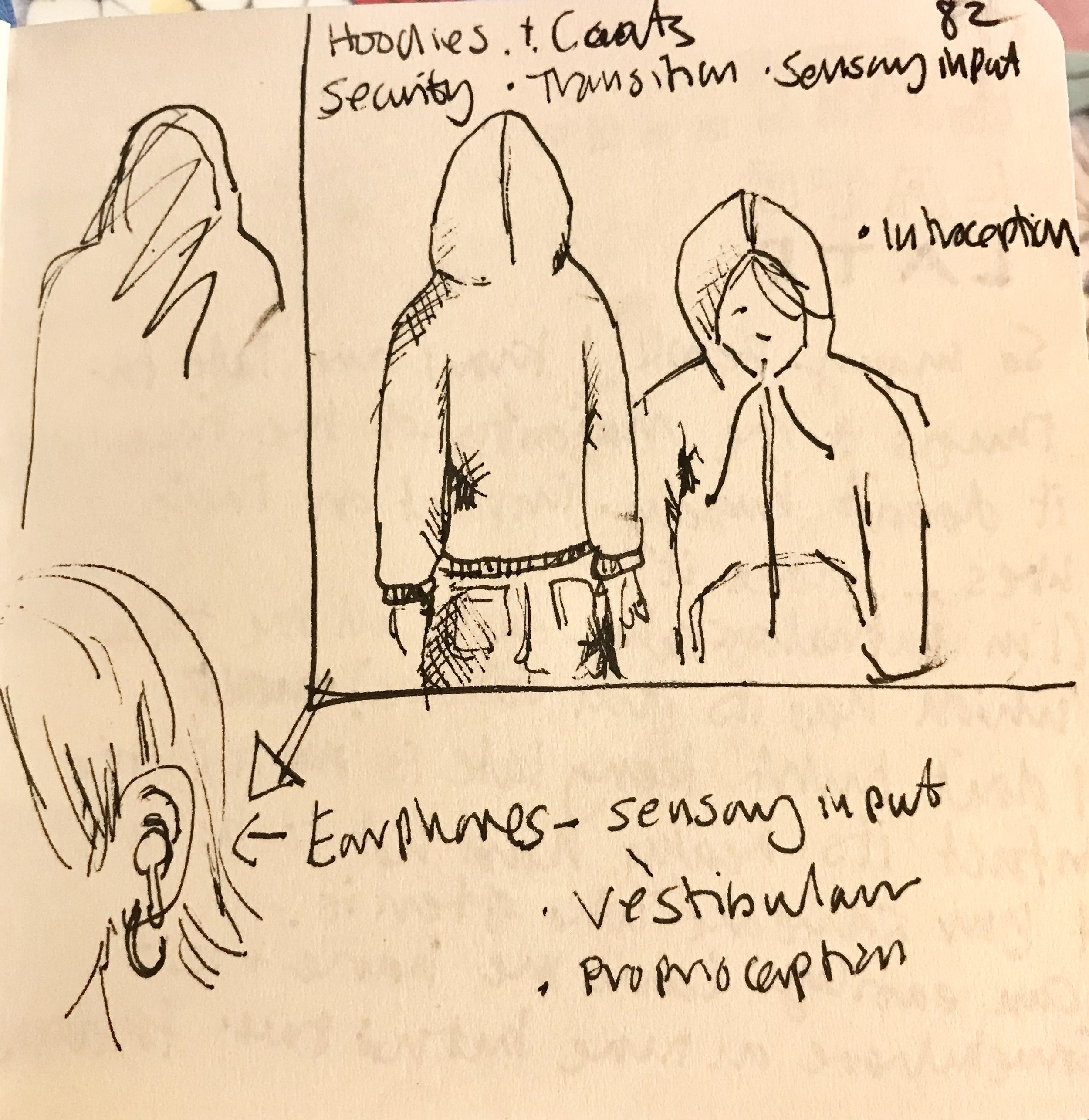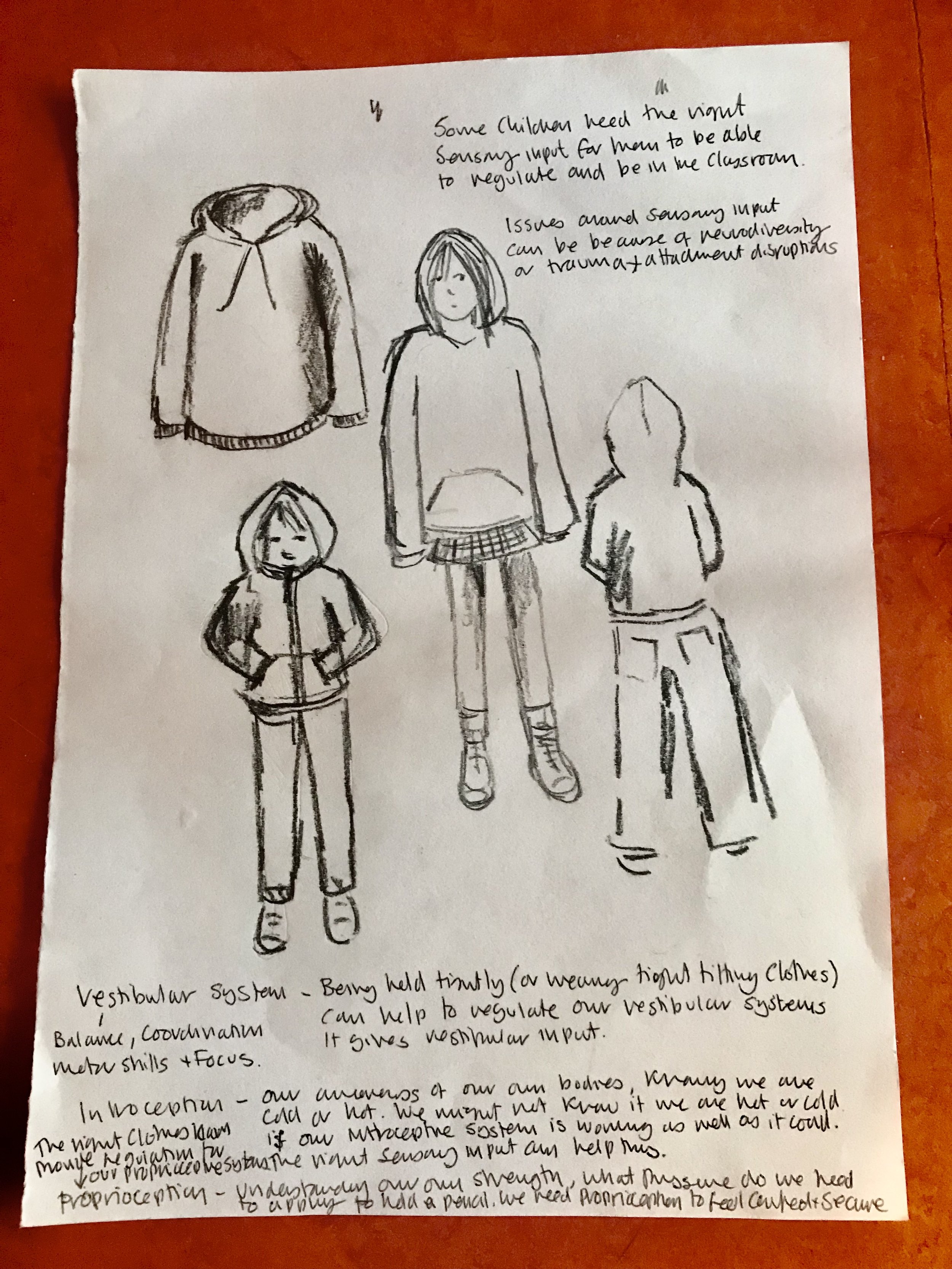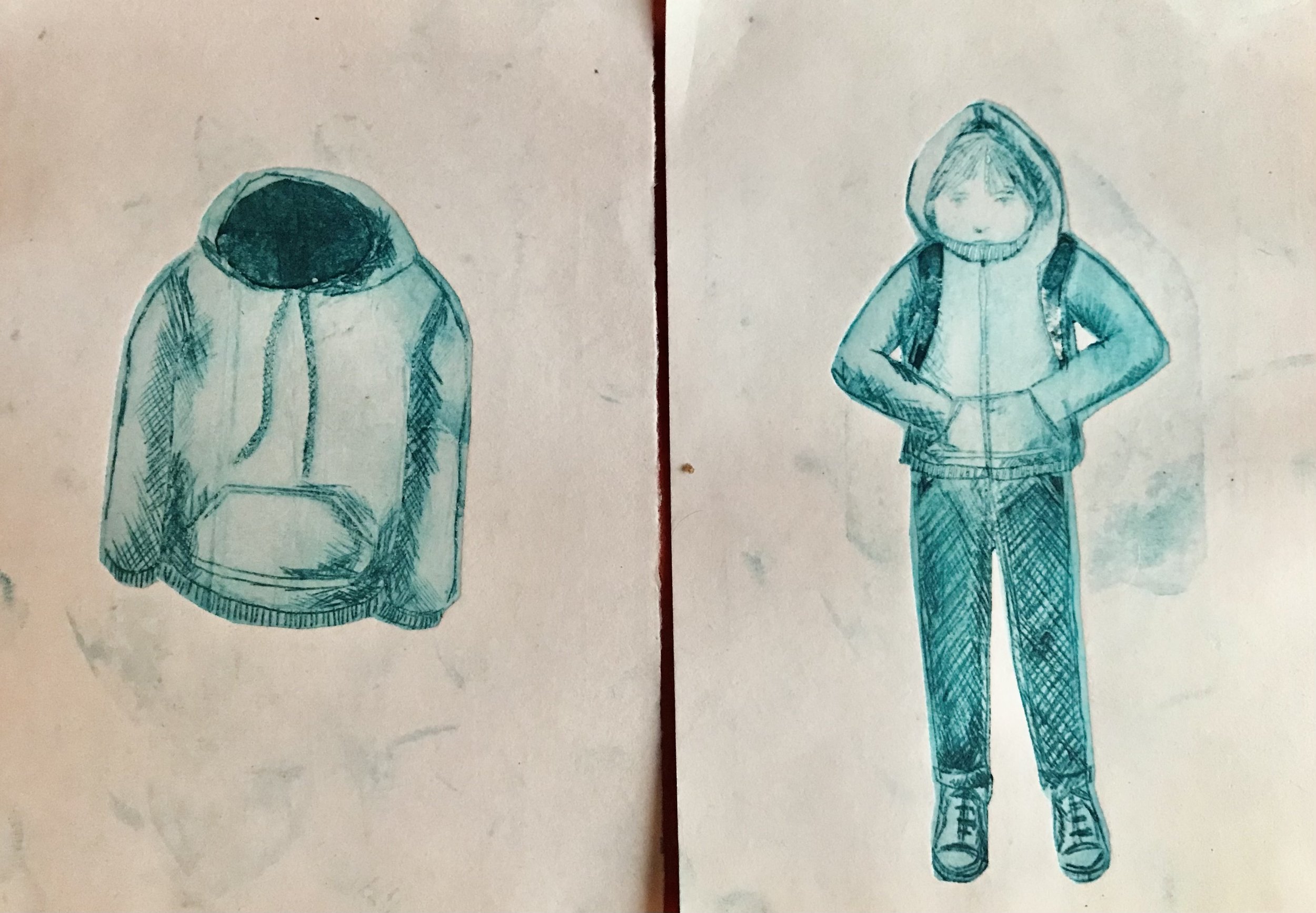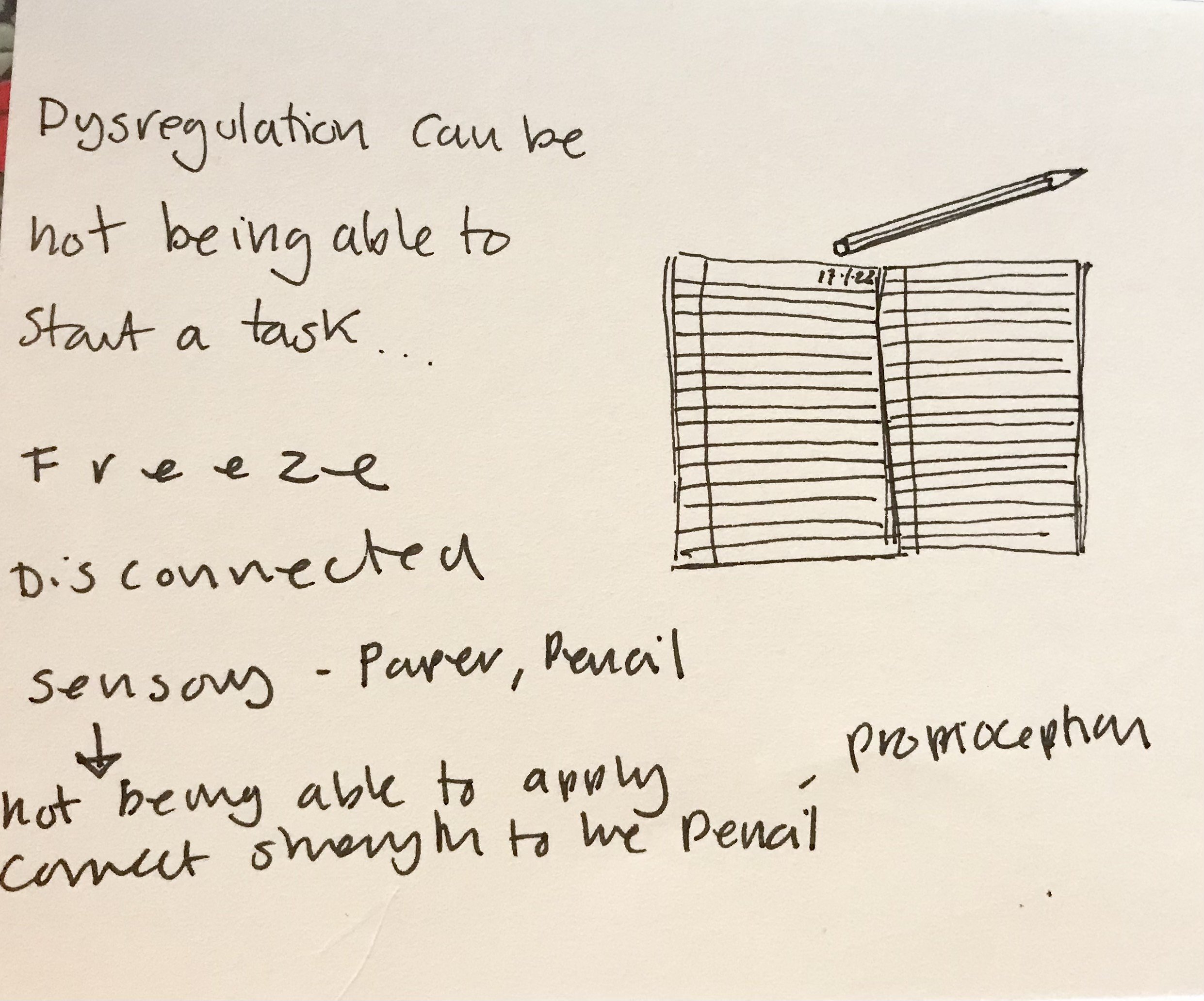Sensory Processing
When I first started teaching, I don’t remember any discussions about sensory needs of students, I don’t remember any students having fidget toys or sensory breaks. This isn’t because they didn’t need them it just wasn’t something teachers were aware of, although if I think about it, I did respond to the sensory needs of students I taught in the lessons I devised, this is one of the lovely things about being an Art teacher!
I started to hear about sensory processing and sensory input needs in relation to children with ASC or ADHD, often they were initially diagnosed with SPD – Sensory Processing Disorder followed later by an ASC/ADHD diagnosis. I listened to parents explain how different sensory inputs benefitted their children, chewing dried mango, making slime, climbing, hiding in a den, cooking, swimming etc. I began to see these needs in the classroom especially in the DT workshop where I have seen the most dysregulated children become calm and focussed when using a coping saw. (Although DT rooms can be hugely dysregulating for children because of the noises, smells, bench vices to spin and buttons to press!)
Not all these children were neurodiverse but many I knew had experienced or were experiencing trauma. A little bit of research led me to this article on The Beacon House website - there are so many excellent resources here
The article brought together so many things I have notices over many years of teaching and made me think about how thinking about the right sensory input for students delivered in the right way at the right time could be beneficial.
Below is my visual response to the article.
Another useful resource I found was this episode of Therapist Uncensored podcast (always a brilliant listen!) this episode is an interview with Lindsey Kealey a teacher in Oregon, USA and author of a PAWsitive Choices Social and Emotional Learning Lindsey Kealey’s work is more focussed on a primary than a secondary classroom setting but there are plenty of transferable strategies. Setting up a brain break box has been on my to do list since I listened to this, there is a YouTube video explaining how to do that here
An activity I have often found useful for calming and re-focussing dysregulated students in origami. This is a little illustration of one interaction a couple of years ago. It was as if I could see her upper and lower brains re-connecting as she concentrated on making smaller and smaller origami hearts and then was able to do a French assessment.
I have continued to explore the link between sensory needs and dysregulated behaviour in some more recent sketchbook ideas based on things I see in my classroom.
